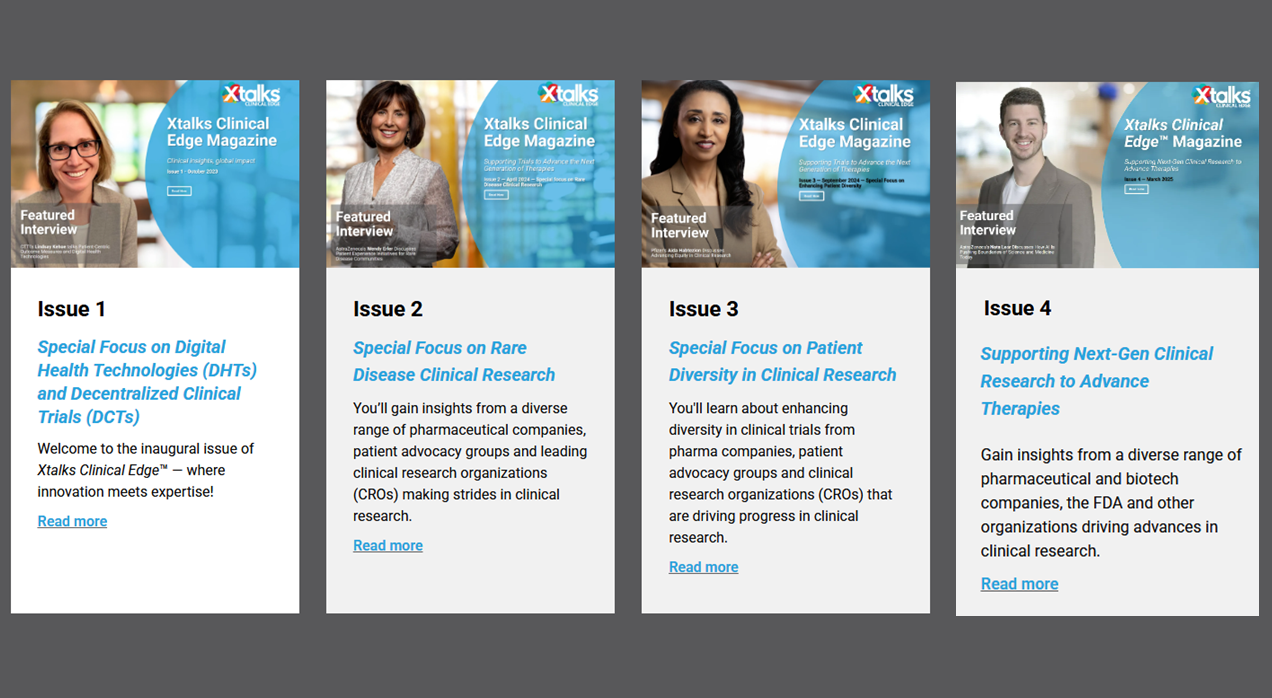The Unique Challenges Facing Life Science Marketers
When marketing products or services in the life science industry, you have a unique set of challenges to overcome. Marketing an offering requires value propositions and positioning statements (both being informative and intriguing snippets about your offering), but your target market are often scientists and experienced buyers, and have been trained to look far-beyond an offering’s initial advertised value. So how do you convey your value in an effective manner? You will find many life science organizations use language in their marketing documentation to let their potential clients know that their product:
- Is dependable
- Is advanced
- Is faster
- Is efficient
- Has greater flexibility
- Has greater accuracy
- Is cost-effective
The trouble is – competitors are likely claiming the same qualities and without data to back up these declarations, they’re easy to dismiss. So how are you able to cut through the noise of the marketplace? We’ve constructed a worksheet to help you develop your brand’s value and distribute your content, and you can use this blog post to get you started.
Using Webinars, Market Intelligence and a Segmented Audience
When a potential client begins assessing your offering and your competitor’s offering in the marketplace, they’ll rely on your value proposition, as well as, short and accessible positioning statements to assess the fit of your offering with their needs. Then, they’ll look to more in-depth data to assess which offering is the best choice for their business. As a marketer, you’ll need to identify the differences between your competitors and your own business, and find effective ways to communicate those differences.
If delivered effectively, webinars are arguably the best tool to communicate your brand’s value to a life science audience. They offer an opportunity for both brief and detailed positioning statements, as well as multichannel touchpoints pre-event, during the live webinar, and post-webinar. Before and after the webinar, you can use webinar event pages, imagery, related social updates and other webinar promotions to convey your brand’s message. During the webinar, you typically have about 60 minutes worth of your audience’s attention. While you educate them about your topic, you have plenty of opportunity to focus your brand’s positioning through poll questions, Q&A sessions, presentation slides and the presentation itself. In addition to the Q&A and poll questions, you also have the ability to gather market intelligence through pre and post-event surveys.
Learning about your customer is key if you want to truly differentiate yourself from competitors and find your niche. Differentiating your offering requires knowledge about:
- Competitors (What is their strategy?How is their organization changing?)
- Market understanding (What is their market share? How might the market volume change? What can you forecast?)
- Customer understanding (What is your offering and how does that help with your customer’s needs?)
- Product intelligence (What types of competitor products are available? What are their limitations?)
Using data gathered from this market intelligence, you can find your brand’s niche and develop a unique position. At that point, you should be able to segment your audiences, as well as develop and distribute your content accordingly. We won’t get into the topic of segmenting your audience much in this post, so I encourage you to read why it is important to nurture your leads and map your marketing content to stages of the sales cycle.
How Do I Identify and Craft Effective Positioning for My Brand?
Essentially, your positioning can be crafted by identifying:
- Your brand’s unique value after obtaining market intelligence
- A way to demonstrate this value using brief positioning statements and/or value propositions, as well as, more detailed marketing content
To aid this process, we’ve created a 4-step workflow to help you with your brand’s positioning:
Step 1: Make an exhaustive list that identifies all benefits and limitations of your offering as well as your competitor’s offerings
Step 2: Identify only your brand’s unique benefits
Step 3: Write a brief positioning statement(s) and/or value propositions, considering your unique benefit and target audience
Step 4: Determine which types of content you’ll use for demonstrating your brand’s unique position
While seemingly simple, this 4-step process can take an enormous amount of time and effort. It is well worth the energy however, since not being able to differentiate your offering from your competition’s offering can result in poor marketing performance, no matter how much money you have in your budget. Use our Brand Positioning and Content Distribution Worksheet to keep organized as you develop new content, which is focused on your brand’s unique offerings (check out the screen shot below). Each of your offerings may need a positioning statement, so you better get started!

Download your copy by filling out the form below and subscribe to our Webinar Production Tips Blog! (We’ll send you an email to confirm your subscription.)












Join or login to leave a comment
JOIN LOGIN